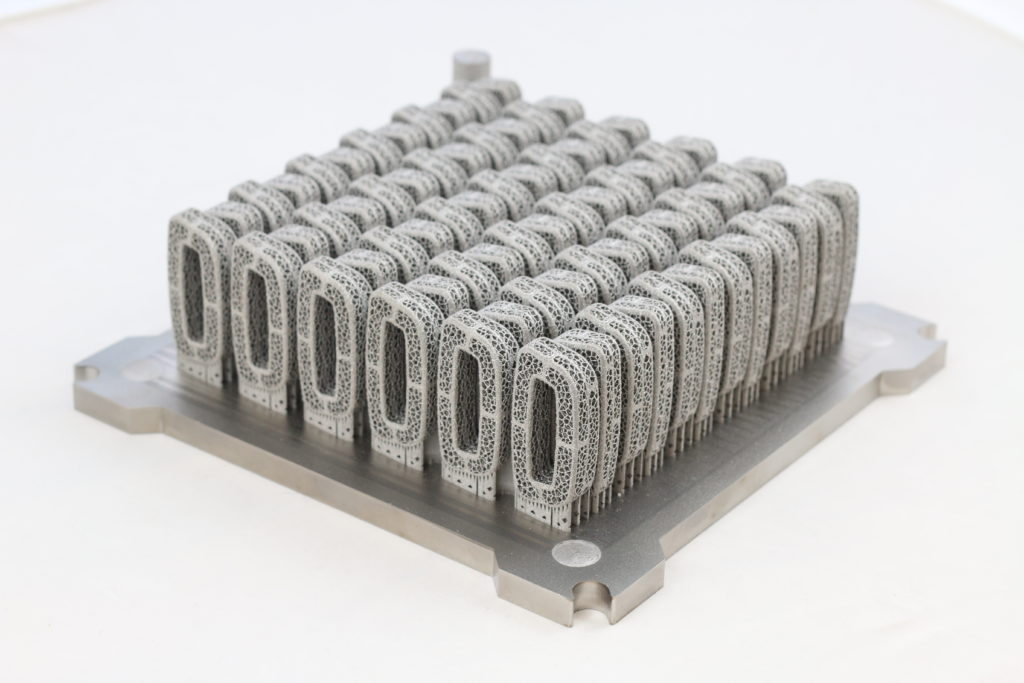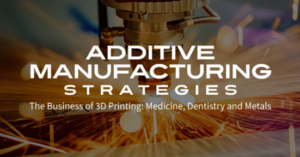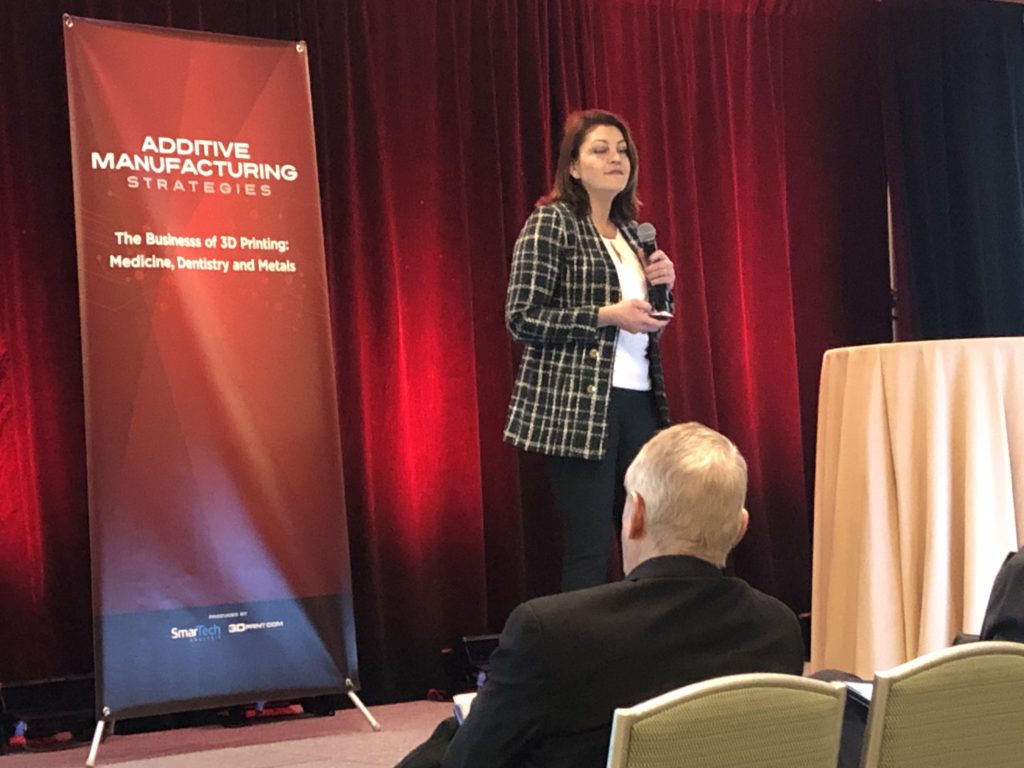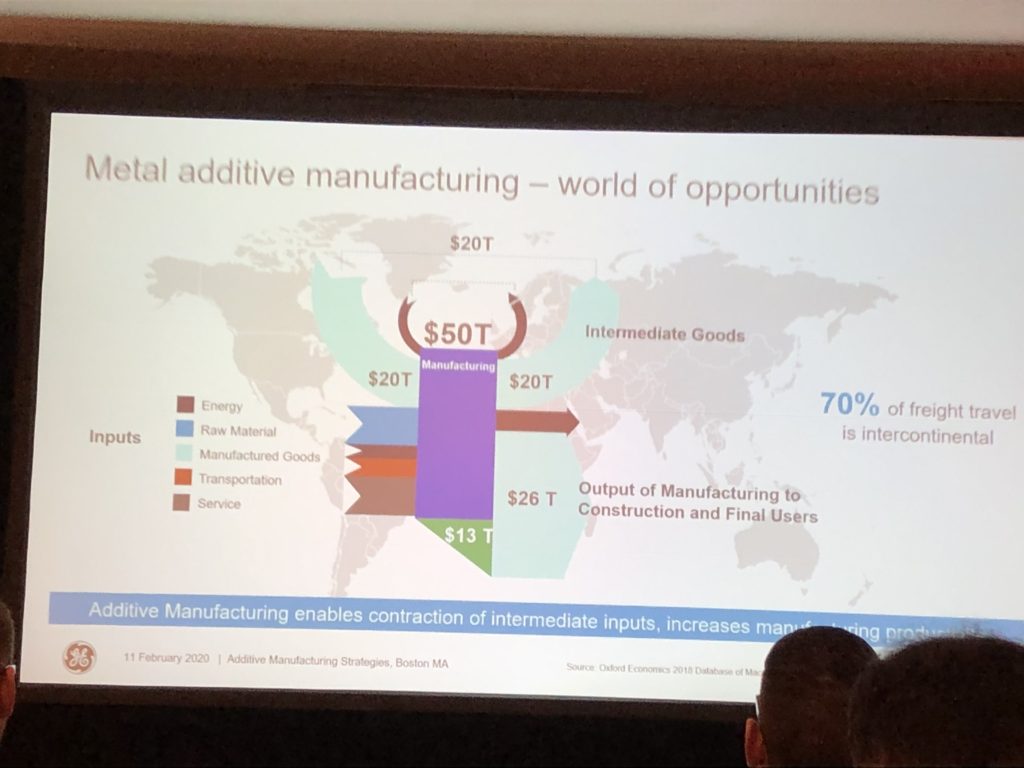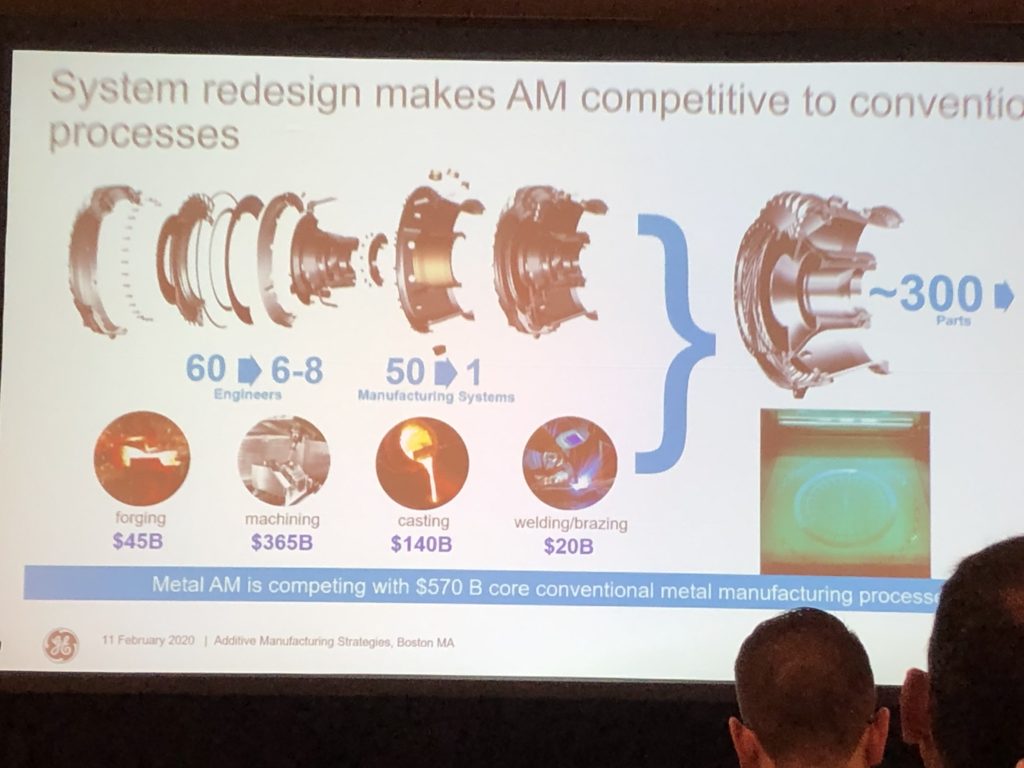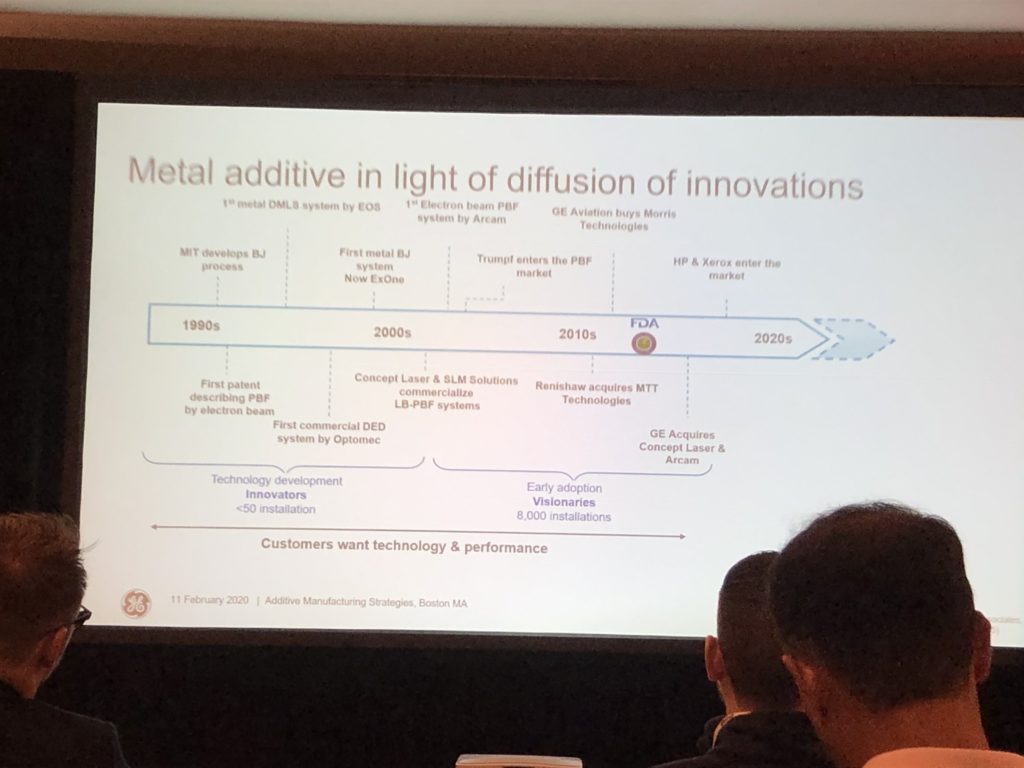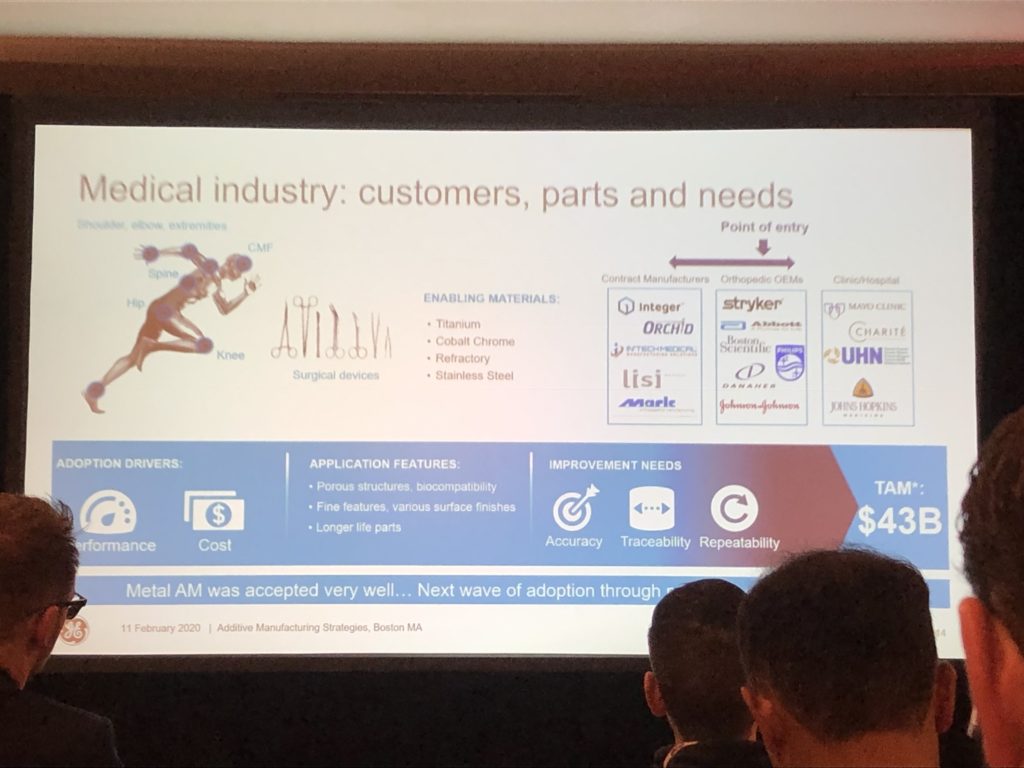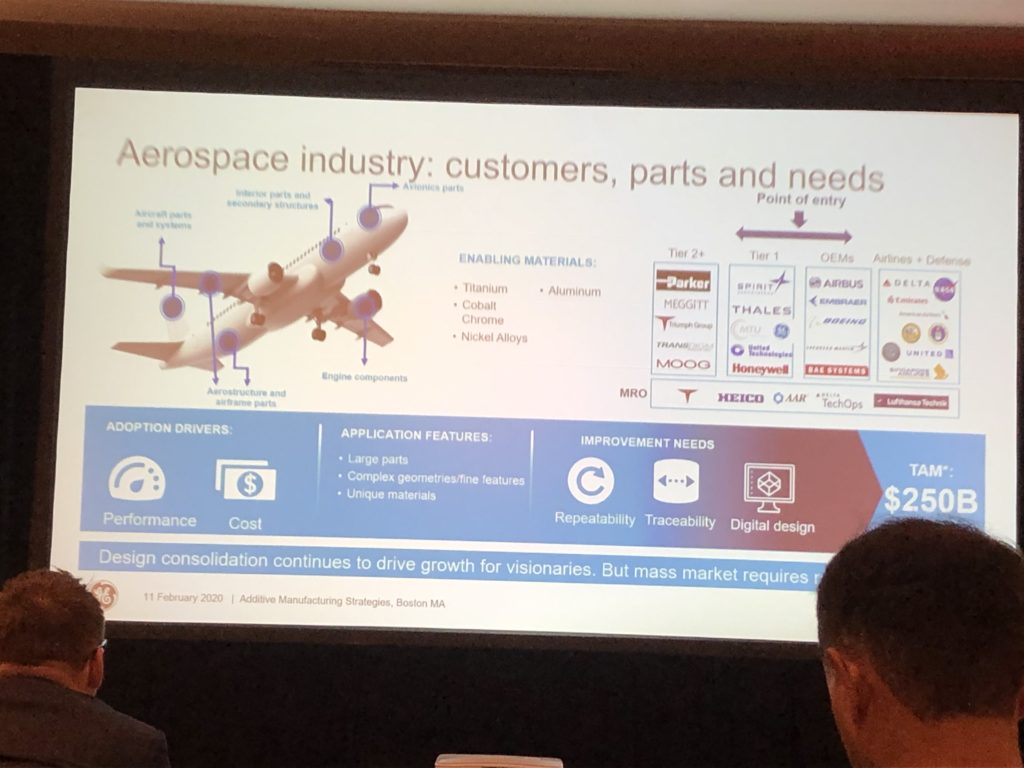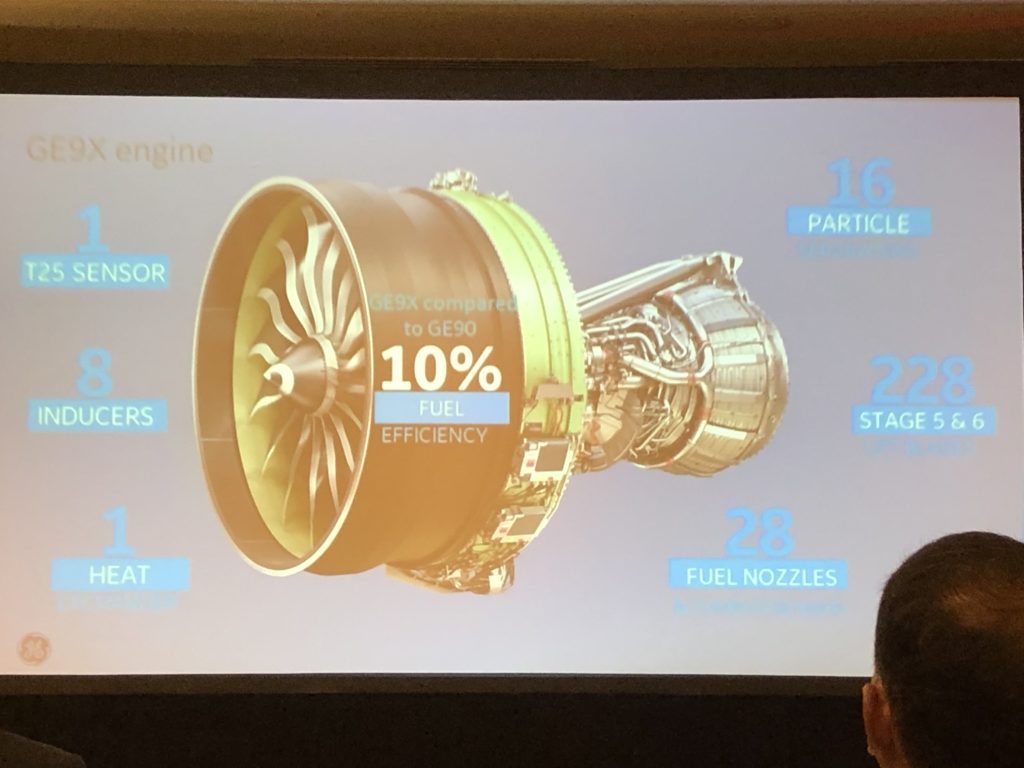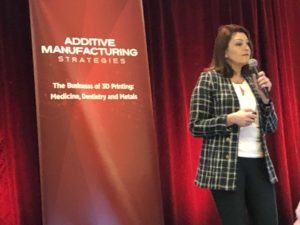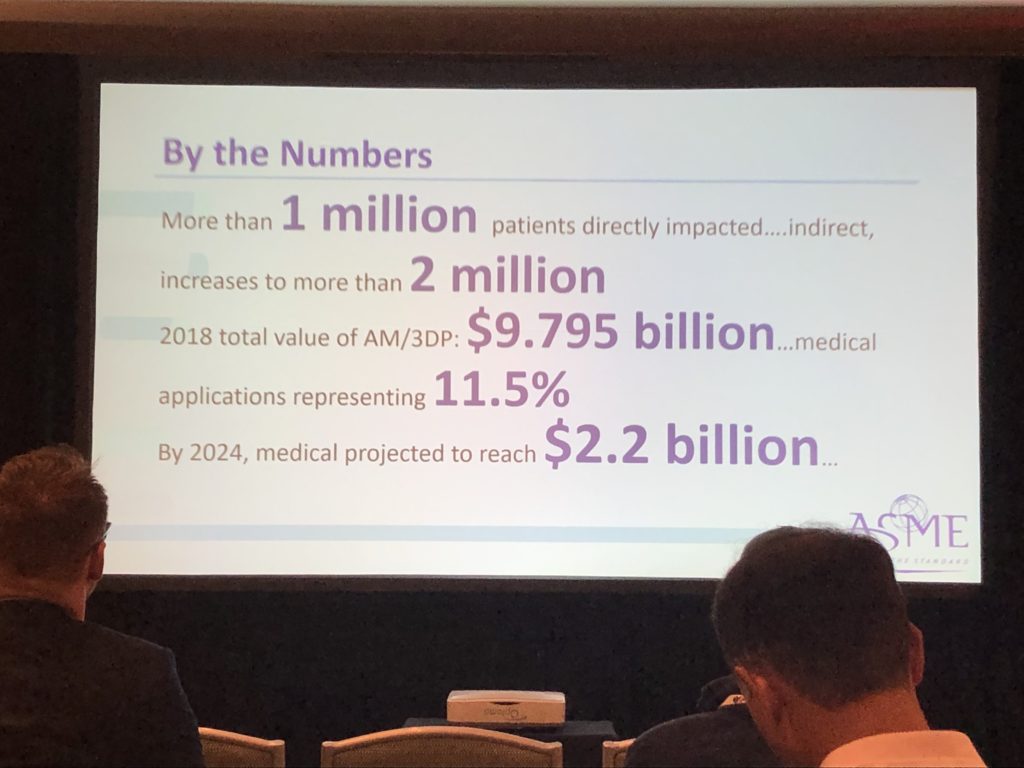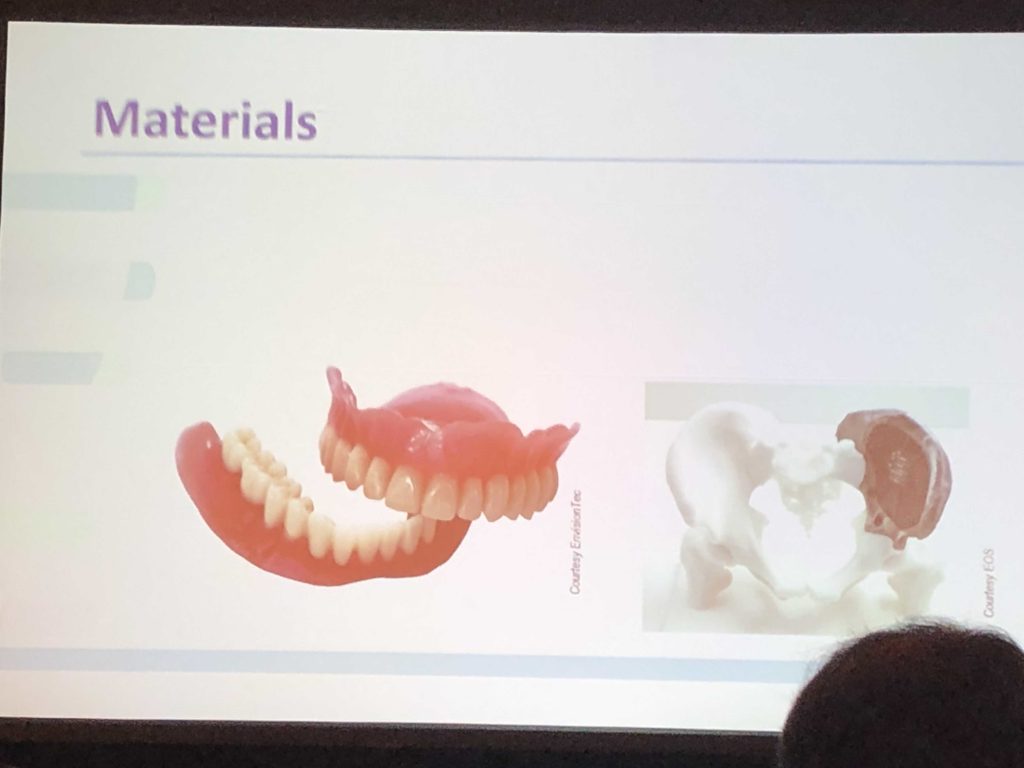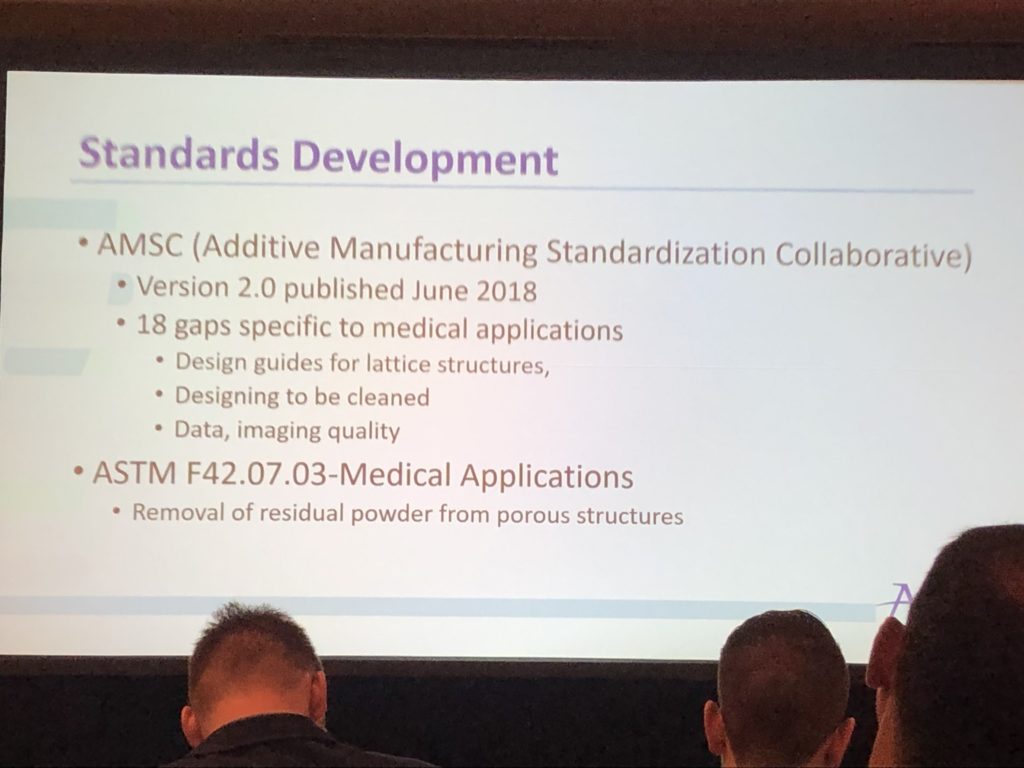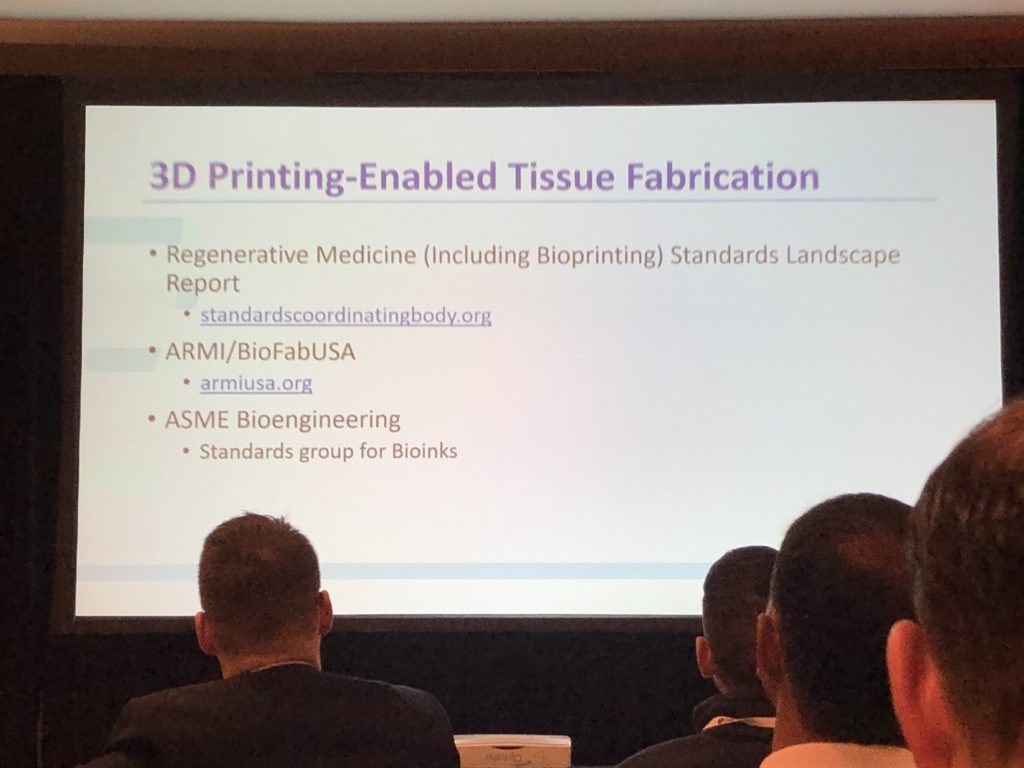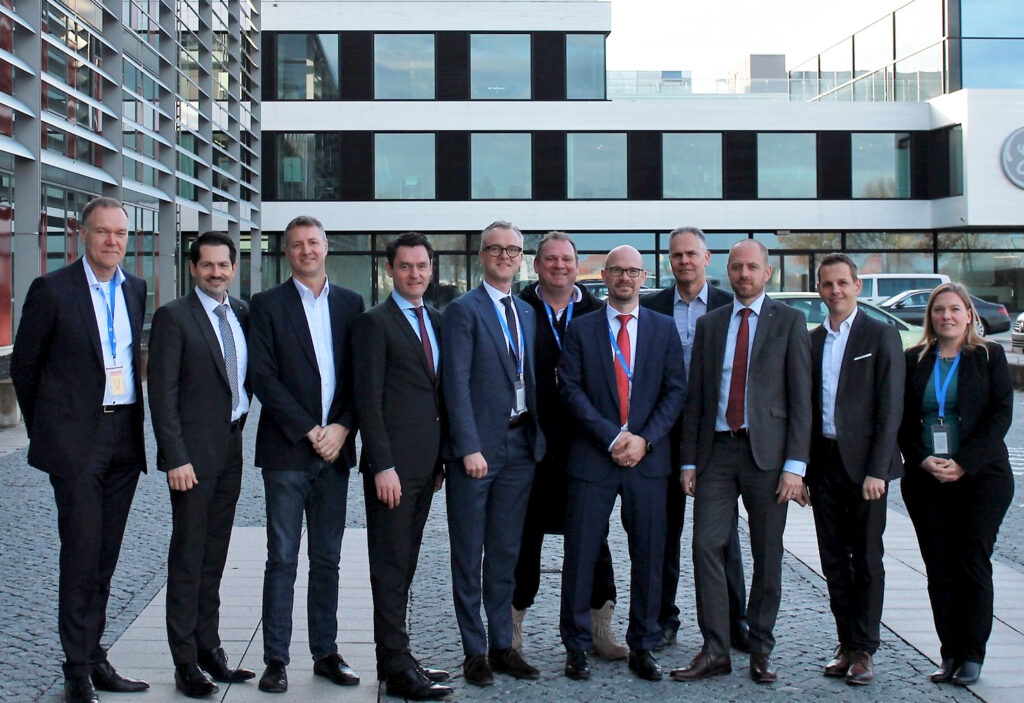Electron beam melting (EBM) has a unique place in the additive manufacturing (AM) industry in that there is only one EBM hardware manufacturer (GE Additive subsidiary Arcam) and the technology is targeted primarily toward two industry segments: aerospace and orthopedics.
By targeting the orthopedics space, Arcam has won over a number of companies that use its technology specifically for 3D printing orthopedic implants. One of the latest to showcase its use of EBM for 3D printing implants in Maine-based Amplify Additive, which is applying over 20 years-worth of AM experience toward the orthopedics industry.
The company was founded in 2018 as a means of delivering additive solutions to the medical customers, advising them on design, supply chain strategies and how to improve time to market. Amplify opened its first production facility in 2019, which now runs three Q10plus machines and will be obtaining an ISO 13485:2016 certification.
According to founder Brian McLaughlin, Amplify Additive often acts as a go-between for doctors and designers because the organizations they work with don’t have the infrastructure necessary to run additive systems and produce end-use parts.
“We often to act as the bridge between two very different disciplines – orthopedic surgeons and design engineers,” McLaughlin said. “Teams often have a shared vision, but uncertainty about how best to implement additive can sometimes present hurdles to overcome. We’re able to use that combination to add value and offer organizations solutions to overcome those hurdles – because we implicitly understand both sides of the conversation.”
According to SmarTech Analysis, the orthopedic segment of the additive manufacturing market generated nearly $200 million in 2016 and is expected to grow by about 30 percent CAGR until at least 2025. While AM will lead to an increasing amount of patient-specific medical treatments more broadly, EBM in particular has specific benefits for 3D-printed orthotics.
The technology results in a rougher final texture directly from the print bed than metal parts printed with laser powder bed fusion, which in turn generates greater bone growth and adhesion (“osseointegration”). Additionally, Arcam machines feature a scanning system that quickly switches the electron beam between surface locations and maintains a melt pool at the same time, allows for rapid fabrication. This, especially when combined with the stacking of parts within the build chamber, benefits serial production.
Amplify is aiming to position itself as an orthopedic center of excellence for AM in the U.S. and, later, around the globe. It doesn’t plan to limit itself to just one of Arcam’s two major verticals, however. After it establishes success in the orthopedic sector Amplify will target the aerospace market as well.
The post Amplify Additive Adopts Arcam’s EBM for Orthopedic Production appeared first on 3DPrint.com | The Voice of 3D Printing / Additive Manufacturing.


